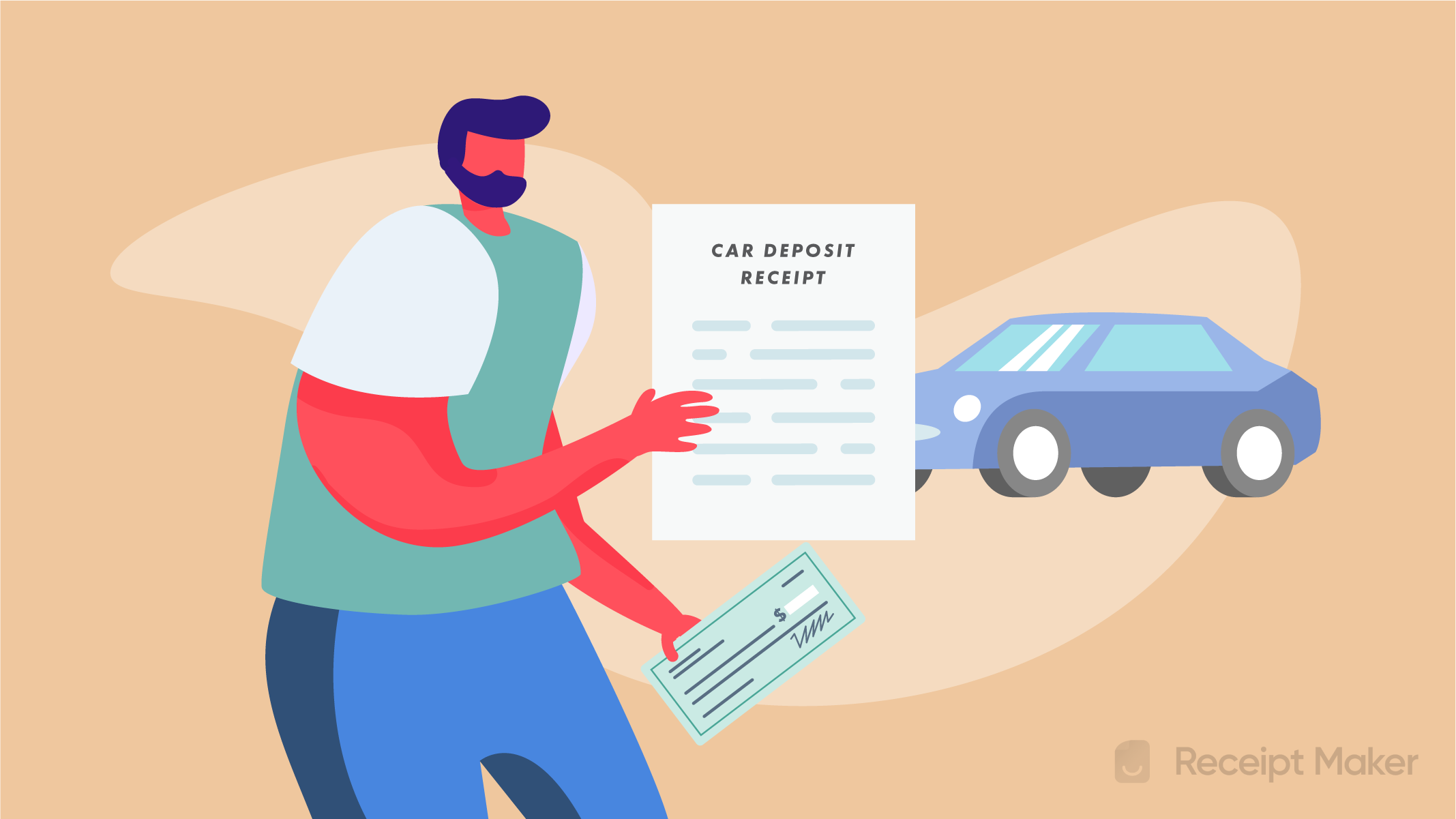 The deposit gives the buyer time to arrange the rest of the financing they need to purchase the car without worrying that someone else could buy it from under them. If the buyer secures financing and completes the sale, the deposit often goes towards the car’s total purchase price. If the buyer never returns or cannot secure financing, they usually forfeit their deposit. Sellers can use a car deposit receipt for any type of motor vehicle, including but not limited to:
The deposit gives the buyer time to arrange the rest of the financing they need to purchase the car without worrying that someone else could buy it from under them. If the buyer secures financing and completes the sale, the deposit often goes towards the car’s total purchase price. If the buyer never returns or cannot secure financing, they usually forfeit their deposit. Sellers can use a car deposit receipt for any type of motor vehicle, including but not limited to:
- All-terrain vehicles (ATV);
- Cars;
- Motorcycles;
- Recreational vehicles (RV);
- Tractors; and
- Trailers.
Table of Contents
Types of Car Deposits
People most frequently use car deposits when:
- A buyer wants to custom-order a vehicle from the manufacturer;
- A buyer wants the seller to hold the vehicle from other buyers while they secure financing for the total purchase price; or
- A dealer doesn’t have the specific car the buyer wants but can secure it by trading with another dealer who has it in stock.
There are two main types of car deposits for these situations: a holding deposit and a purchase deposit. A holding deposit is the most common type of car deposit. It essentially reserves a car for a buyer. The seller agrees to take the car off the market in exchange. The two parties use the car deposit receipt to negotiate the terms of the deposit and whether or not it is refundable. A purchase deposit applies when a dealer or seller doesn’t have the right car in stock but locates one with another dealer or can order one directly from the manufacturer. The two parties can use the car deposit receipt to negotiate whether it is refundable if the seller can’t produce the car or if the buyer has to pull out of the purchase for personal reasons.
Other Ways to Protect a Car Deposit
Getting a car deposit receipt from the seller is crucial to protecting the deposit if the sale doesn’t go through. It is where a buyer and seller negotiate the terms of the deposit and possibilities for a refund. Still, there are a handful of other ways for a buyer to try to protect their deposit:
- Avoid paying a cash deposit whenever possible: A cash deposit will be the hardest to dispute because it has little to no paper trail other than the car deposit receipt.
- Inspect the vehicle: Physically inspect the vehicle before paying any deposit funds. Take photos and videos of the vehicle if necessary.
- Research the dealer: Knowing if the seller has a good reputation is essential. Check reviews on their website, Google, and Yelp to find out what other buyers have experienced working with the seller. If the sale is a private transaction between individuals, speaking with friends, family, colleagues, or acquaintances of the seller can help gauge whether the buyer can trust them.
- Research the vehicle: Check the VIN with the local DMV to get a full vehicle history report of accidents, citations, and other vital information.
What to Include in a Car Deposit Receipt
The car deposit receipt essentially functions as a preliminary purchase agreement. For this reason, there is a lot of information that is crucial to include:
- Amount of total deposit;
- Date and time deposit was paid;
- Date the deposit hold expires (buyer has to pay in full or sign a purchase agreement with proof of financing);
- Identifying information about the vehicle (make, model, year, color, VIN, mileage, signature lines for buyer and seller);
- Method of payment (cash, credit, check, etc.);
- Personal information about the buyer and seller (names, addresses, phone numbers); and
- The total purchase price.
